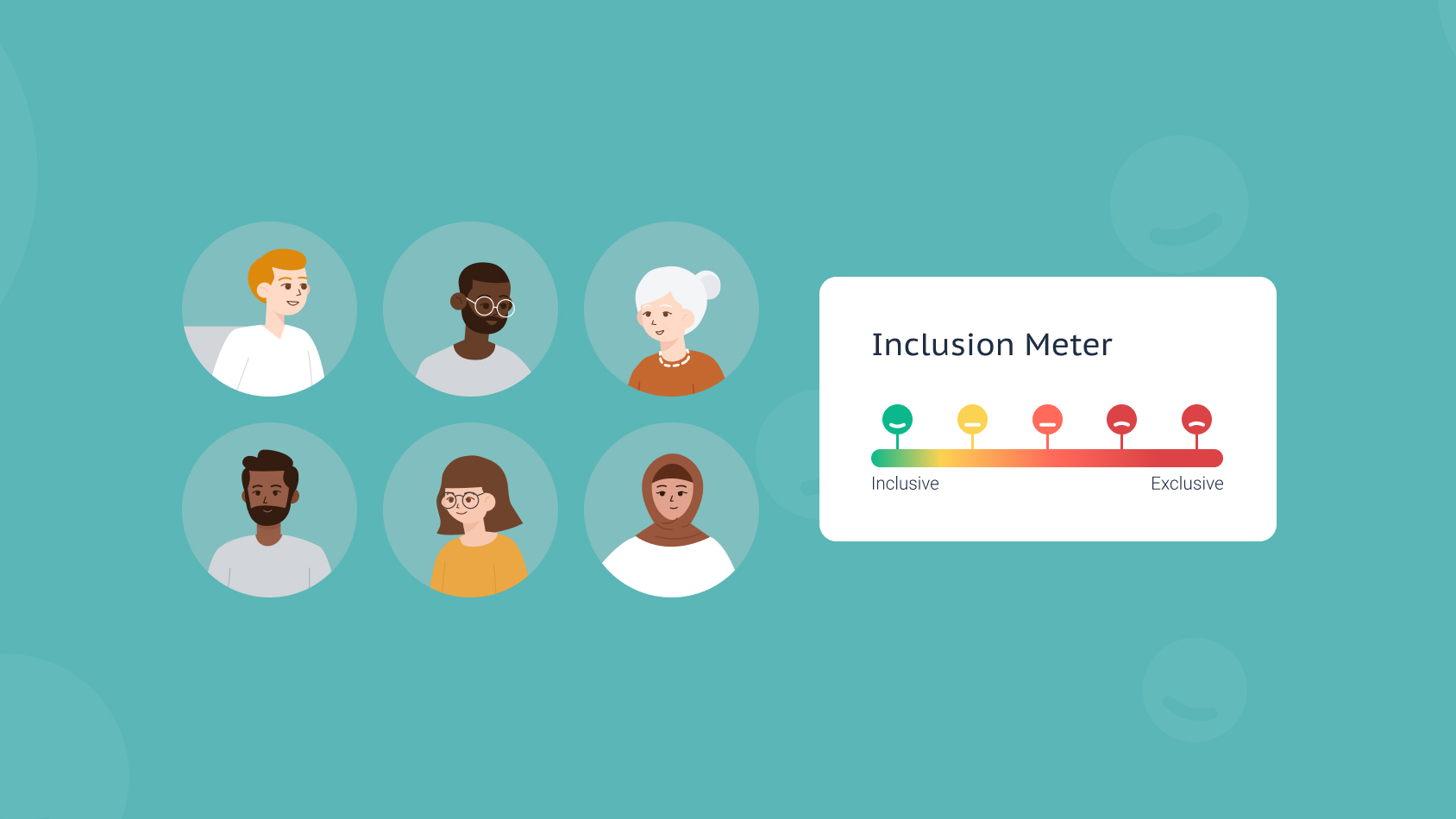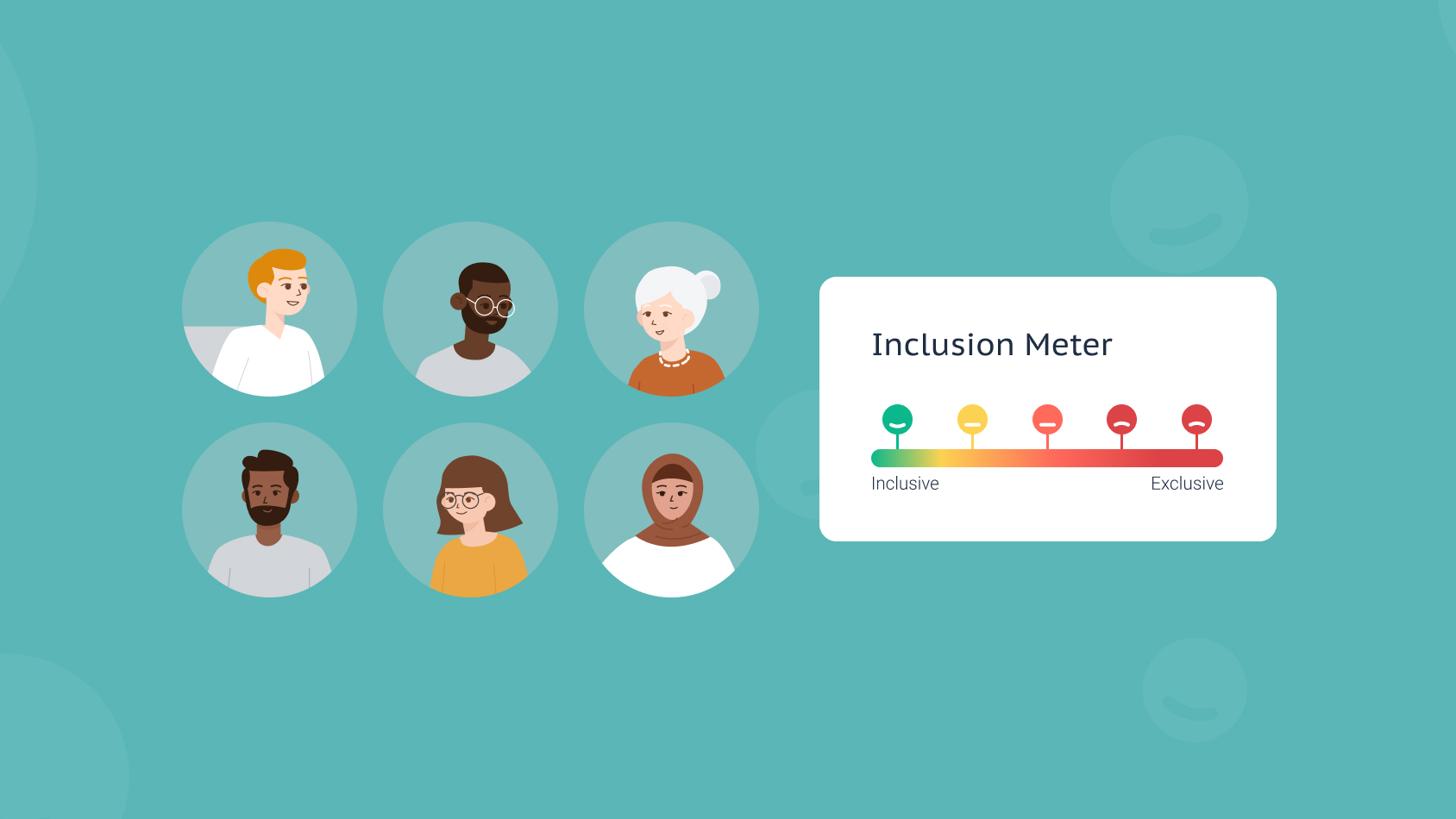It’s not just gendered language that hiring teams should avoid in job descriptions. It’s biased language of any kind.


When people think of job descriptions in the context of inclusion, they immediately think of gendered language. Probably because the recruiting industry has been talking about it for a few years now. But gender decoding only addresses sexism, not many other biases that appear in job ads, according to inbound recruiting experts Datapeople.
Gender decoding means avoiding gendered pronouns (i.e., he or she) and also removing gender-coded sentiments that can deter job seekers. It’s vital, says Datapeople, because female candidates make up the largest group of historically underrepresented candidates. But sexism isn’t the only bias. A number of biases can signal to candidates that the company wants someone else. Gender decoding is actually the bare minimum a hiring team can do to welcome all candidates.
Datapeople originally started with gendered language but quickly realized that gender was too narrow. It was never a binary measurement because not all women are alike, nor are there only two genders, the company says. Furthermore, women aren’t just one thing. In fact, no one is just one thing. A Black woman is both Black and female. A white woman is both white and female. And a white man is both white and male.
While a white woman may experience sexism, she may not experience racism. Conversely, a Black woman may experience both sexism and racism. And a Black woman with a disability may experience sexism, racism, and ableism (individually or all at once, compounding the bias).
Datapeople says that at least seven biases can impact the messaging in a job ad, perhaps deterring job seekers from underrepresented groups. Those biases include racism, tokenism, ableism, ageism, nationalism, elitism, and religious bias. These biases may inadvertently find their way into job ads.
These days, according to Datapeople, hiring teams have to avoid not only gendered language but also language around race, sexism, physical ability, age, nationality, socioeconomic background, and religion. In short, the language and content that can confuse or deter candidates.
Eliminating biased language of any kind is vital, says Datapeople. Inadvertently including biased language in a job ad can diminish the candidate pool. Reducing the number of candidates who apply, as any recruiter knows, lowers the chances of finding a qualified candidate.
The language in job descriptions has to be inclusive. Not just inclusive to women, Datapeople says, but inclusive to everyone regardless of their age, race, socioeconomic status, nationality, physical ability, or anything else.
